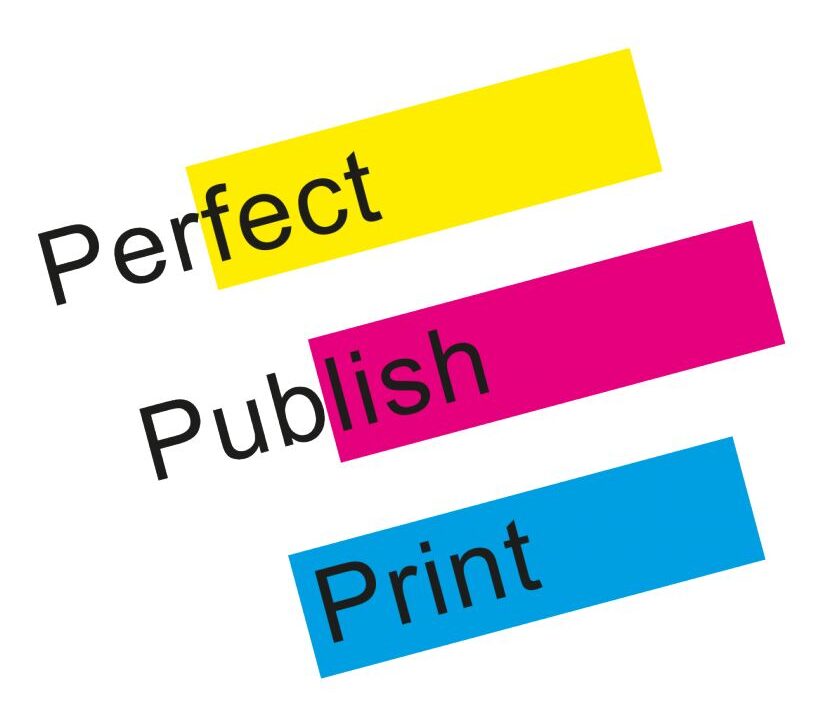How to Print a Book in Singapore?
Printing a book in Singapore can be an exciting but overwhelming process, especially if you’re new to self-publishing. Whether you’re an author, a business owner, or an educator looking to print books, understanding the steps involved can help you make informed decisions. This book printing guide will walk you through the book printing process in Singapore, from preparing your manuscript to choosing the right printer.

Table of Contents of Book Printing Guide
- Step 1: Finalize Your Manuscript
- Step 2: Choose Your Book Type
- Step 3: Select the Right Paper & Printing Method
- Step 4: Find a Reliable Book Printing Service in Singapore
- Step 5: Print & Distribute Your Book
- Additional Tips for First-Time Authors
- Common Mistakes to Avoid When Printing a Book
- Cost Breakdown: How Much Does It Cost to Print a Book in Singapore?
- Frequently Asked Questions (FAQ)
- Conclusion
Step 1: Finalize Your Manuscript
Before you print, ensure that your manuscript is fully edited and formatted. Here’s what you need to do:
Proofread & Edit
Naturally, check for grammar mistakes, typos, and inconsistencies. A professionally edited book helps you stand out and makes reading a better experience. Consider hiring a professional editor—especially for first-time authors.
Format Your Layout
Use software like Adobe InDesign, Microsoft Word, or Canva to format your book. Pay attention to:
- Font styles and sizes (e.g., use 11–12pt for body text)
- Proper margins and bleed settings
- Page numbers and headers/footers
- Section breaks (e.g., for chapters)
Decide on Book Size
Common book sizes in Singapore include:
- A5 (148 x 210mm) – Popular for novels, memoirs, and guides
- B5 (176 x 250mm) – Ideal for workbooks, educational materials
- Square (210 x 210mm) – Great for photo books and children’s books
Tip: The size you choose affects both the printing cost and the visual feel of the book.
Step 2: Choose Your Book Type
There are several book printing options to choose from, depending on your purpose and budget:
Hardcover vs. Softcover
- Hardcover books offer a premium feel and long-lasting durability. Ideal for coffee table books, commemorative books, and professional publications.
- Softcover (paperback) is more cost-effective, lighter, and easier to carry—perfect for novels and guides.
Read more about hardcover vs. softcover printing.
Black & White vs. Full-Color Printing
- Black and White: Suitable for fiction, textbooks, or novels with minimal graphics.
- Full Color: Necessary for photo-heavy books like children’s books, recipe books, portfolios, or marketing materials.
Binding Options
- Perfect Binding: Pages are glued to the spine. Most popular option for paperbacks.
- Saddle Stitching: Staples the pages in the center. Used for booklets or magazines under 80 pages.
- Spiral Binding: Pages are punched and bound with a plastic or metal coil. Great for notebooks, planners, and manuals.
Step 3: Select the Right Paper & Printing Method
The quality of your book depends significantly on the materials used:
Paper Type
| Paper Type | Features | Recommended For |
|---|---|---|
| Glossy Paper | Shiny finish, vibrant colors | Photo books, children’s books |
| Matte Paper | Non-reflective, professional look | Novels, business books |
| Recycled Paper | Eco-friendly, slightly textured feel | Sustainability-focused projects |
| Art Card | Heavier and more premium feel | Cover pages, brochures |
Printing Method
| Method | Description | Best For |
|---|---|---|
| Digital | Fast, ideal for short runs (< 500 copies) | Self-publishers, test prints |
| Offset | High quality, economical for large volume (> 500 copies) | Professional print runs |
Tip: If you’re unsure, ask the printer for paper samples and printed samples.
Step 4: Find a Reliable Book Printing Service in Singapore
There are many book printing companies in Singapore offering various services. When choosing a printer, consider:
Experience & Reputation
Check customer reviews, Google ratings, and samples of past work. A reliable printer will be responsive and transparent.
Pricing & Minimum Order Quantities
Some printers require a minimum quantity (e.g., 50 or 100 copies), while others allow print-on-demand (POD). Get a few quotes and compare.
Turnaround Time
Most printers take 7–14 working days depending on complexity and volume. Always plan ahead if you have a launch date.
Step 5: Print & Distribute Your Book
Once your book is ready, it’s time to get it in front of readers.
Sell Online
List your book on:
- Shopee & Lazada – Easy access to local buyers
- Amazon – Reach international readers
- Your Own Website – Keep 100% of the profits, you may create a free website with ai website builder.
Local Bookstores
Reach out to:
- Popular Bookstore
- Kinokuniya
- Times Books
- BooksActually (for indie works)
They may take your books on consignment (you only get paid when they sell).
Events & Book Fairs
Join local literary events, school fairs, and publishing expos. Bring marketing materials and sign copies to boost engagement.
Additional Tips for First-Time Authors
- ISBN Registration: Register your ISBN with the National Library Board (NLB). This makes your book officially recognized and catalogued.
- Cover Design Matters: A professionally designed cover significantly improves perceived value.
- Backup Everything: Always save your manuscript, print-ready files, and proofs in multiple locations.
Common Mistakes to Avoid When Printing a Book
- Skipping professional editing
- Choosing the wrong paper type for your audience
- Ignoring bleed and margin guidelines
- Underestimating delivery time
- Not asking for a printed proof
Cost Breakdown: How Much Does It Cost to Print a Book in Singapore?
| Cost Component | Price Estimate (per book) |
|---|---|
| Editing & Proofreading | $100 – $800 (one-time) |
| Cover Design | $50 – $300 |
| Printing (100 copies) | $3 – $10 per book |
| ISBN Registration | Free (via NLB Singapore) |
| Delivery | $30 – $100+ (bulk shipping) |
Tip: Use a pricing calculator or ask for a detailed quote to avoid surprise charges.
Frequently Asked Questions (FAQ)
Do I need an ISBN to sell my book?
Yes, if you plan to sell in bookstores or online, you’ll need an ISBN. It helps with cataloguing and distribution.
What file format should I send to the printer?
PDF is the most common and safest format. Ensure all fonts are embedded and images are high resolution (300 DPI).
Can I print just one copy?
Yes, with digital printing, some companies allow 1–10 copies. Ideal for samples or personal gifts.
How long does the entire process take?
From manuscript to printed book, allow 2–6 weeks depending on design, revisions, and printer lead times.
Conclusion: Guide on Book Printing
Printing a book in Singapore is easier than ever with modern printing technologies and reliable local services. Whether you’re self-publishing your first novel, printing an educational workbook, or creating a coffee table photo book, the key is to plan carefully and work with the right partners.
By following this guide, you’ll feel more confident navigating the book printing process and turning your manuscript into a professionally printed book.
Need help with book printing in Singapore?
Visit our Book Printing Service and calculate your price with our book printing guide today!





